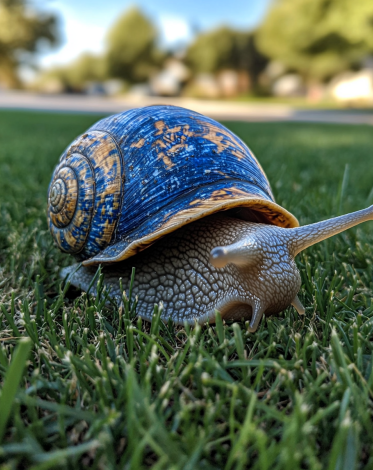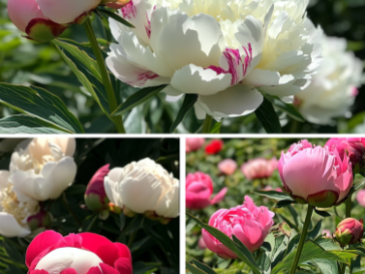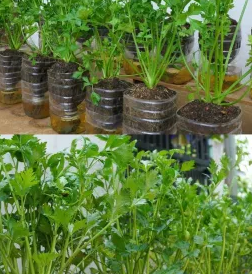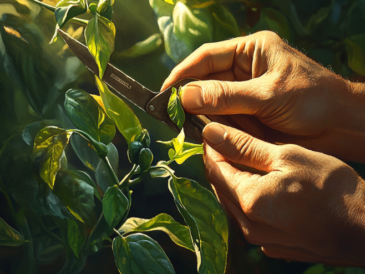As any dedicated gardener knows, some of nature’s most resilient creatures can be among the most troublesome. One such pest that has increasingly become a common problem in gardens worldwide is the red slug, scientifically known as Arion rufus. Although their vibrant red color and distinctive mating rituals can make them seem like a fascinating part of the garden ecosystem, these slugs can cause serious damage to plants.
The Red Slug: A Persistent Garden Pest
Red slugs are large, terrestrial mollusks that thrive in damp, cool environments, and gardens often provide the perfect conditions for their growth. While they may be slow-moving, their impact on your plants can be swift and devastating. What makes red slugs so concerning to gardeners? It’s their unrelenting appetite for a variety of plant materials.
Feeding Habits
Red slugs are generalists when it comes to their diet, meaning they feed on a wide range of plants. They are particularly drawn to:
- Young seedlings: Tender shoots and baby plants are a favorite food, and red slugs can completely decimate these in a matter of hours.
- Tender leaves: New growth on established plants, especially in the vegetable garden, is highly susceptible to slug damage.
- Decaying organic matter: While not harmful to living plants, their attraction to decaying materials can still create an unpleasant, slimy presence in your garden.
Red slugs use their radula—a tongue-like organ lined with tiny teeth—to scrape off plant material for consumption. Their feeding habits can result in unsightly holes in leaves, stunted plant growth, and in severe cases, the death of entire plants.
Controlling the Red Slug Menace
Thankfully, gardeners are not without options when it comes to controlling red slugs. A combination of methods often works best to reduce their population and minimize damage. Below are some of the most effective strategies:
1. Handpicking
While it may not be the most glamorous task, handpicking slugs from your garden is an effective way to reduce their numbers, especially if you have a small garden space. Slugs are most active in the early morning and late evening, particularly after rain or watering. Simply pick them off your plants and remove them from your garden area.
2. Slug Barriers
Creating physical barriers can prevent slugs from accessing your plants. Some common methods include:
- Copper strips: Slugs experience a mild electric shock when they come into contact with copper, making it an excellent deterrent.
- Diatomaceous earth: This natural powder is made from fossilized algae. Its sharp particles can damage the slug’s soft body, deterring them from crossing treated areas.
3. Slug Repellents
Several commercial slug repellents are available, either in granular or liquid form, that can be applied around garden beds or directly onto plants. Many of these products are organic and safe to use around vegetables and edible plants.
4. Beneficial Nematodes
Beneficial nematodes are microscopic worms that live in the soil and naturally prey on pests like slugs. By introducing nematodes into your garden, you can target slug populations without using harmful chemicals. Nematodes are particularly effective in areas where the soil remains moist.
5. Cultural Practices
Sometimes the most effective slug control is prevention. Avoid overwatering, as slugs thrive in moist environments. Keep garden beds well-drained, and remove any decaying plant material that may attract slugs. Regularly clearing weeds and debris will also make your garden less appealing to these pests.
Conclusion: Reducing the Red Slug’s Impact
While red slugs may be a tenacious garden pest, with the right combination of methods, you can significantly reduce their presence and protect your plants. Handpicking, using barriers, applying repellents, introducing beneficial nematodes, and practicing good garden hygiene are all valuable tools in your arsenal against these resilient mollusks. With vigilance and effort, your garden can thrive once again, free from the damaging effects of red slugs.
By integrating these strategies, you’ll not only keep the red slug invasion under control but also create a healthier, more productive garden.




